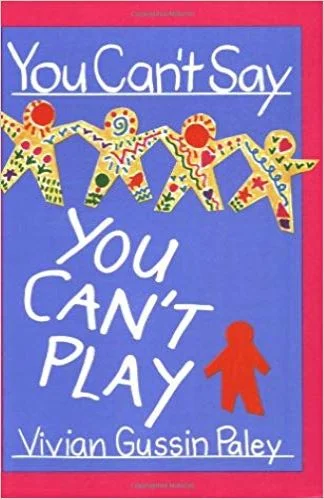
You Can’t Say You Can’t Play
by Vivian Gussin Paley
Review by Sarah Sivright
Sarah Sivright went back to school for her teaching degree with Vivian’s encouragement. She has taught and directed preschools for thirty years, spreading the message of You Can’t Say You Can’t Play.
Book No: 7 – 1st published: 1993
The stranger that sojourneth with you shall be unto you as the homeborn among you, and thou shalt love him as thyself; for you were strangers in the land of Egypt.
Leviticus 19:34
It’s an honor to write about any of Vivian Gussin Paley’s books, but this one is personal. During the writing of You Can’t Say You Can’t Play, I was Vivian’s assistant teacher. I had been admiring her from afar in her preschool room and reading her books. When she moved to kindergarten, she asked me to come with her. I had the chance to be mentored and befriended for three years, all memorable. But this one – well, read and you will understand!
Re-reading You Can’t Say You Can’t Play brought back vivid memories of the remarkable journey Vivian took us all on, but it also brought new appreciation for her genius. This word can be used lightly. It deeply fits Vivian’s approach to teaching and her insights into children. Her imagination and respect shine through in the multitude of conversations she has with the children around her. It is these conversations that pave the way to the implementation of You Can’t Say You Can’t Play.
But before any conversations began, the problem had to be recognized. Both Vivian and I were quick to see and react to physical harm done to any of the children. We even discussed these incidents as a whole group and brainstormed strategies to help stop aggressive behaviors. But we were slower to see and appreciate the depth of the emotional pain going on around us. Vivian began to understand that the classroom conflict, chaos and unhappiness that had been unsettling to her had its roots in exclusion. So the conversations and close listening began.
During Vivian’s research, she visited the elementary classrooms in the University of Chicago Laboratory School as well as talking to children in her own classroom. She asked them all two questions: Is the new rule, You Can’t Say You Can’t Play, fair and can it work?
The responses from the older children not only affected Vivian’s thinking, but also had a strong impact on these students. Even though many of the initial responses to her questions were No, the students continued to process the idea. Vivian notes that some of the older students reported back to her about small changes in their classrooms, along with their own questions and introspection. The classroom teachers also told us they overheard their students telling classmates, You Can’t Say You Can’t Play.
Along side these critical conversations, Vivian was writing her own story. Her understanding of the power of stories and their ability to communicate inspired her to create the Magpie Stories. She began to create characters and plot lines that mirrored much of the classroom drama she was witnessing and recording. Magpie, the loving elder/teacher guided the young characters toward their own creation of an inclusive community. The wise bird told his own stories to gently teach these lessons.
There are two other key elements to this book that demonstrate Vivian’s never-ceasing self-reflection around the theme of inclusion. One is a brief mention of her discontinuing use of the time-out chair that was a common practice in many kindergartens in the 1990’s and still continues in some today.
It made children sad and lonely to be removed from the group… another classroom trap has been eliminated.
The other element is the change to her Storytelling and Story Acting process. Before this transformation to the classroom culture, the author of the story being dictated was allowed to choose which children took on the various roles during the acting out process. With the realization that this procedure was another example of exclusion, the change was made to allow the author to choose the part s/he wished, and then each child was asked in turn around the rug, to take a role. As before, there was much discussion and protest from some, but the new rule prevailed.
The tremors from the earthquakes of the newly instated policy of inclusion laid out in You Can’t Say You Can’t Play, in both play and story writing/acting, are still being felt. Teachers all over the world have adopted Vivian’s philosophy, and new converts will continue to be made, as long as her books are read and the word is passed.
If only we were all children in Vivian Gussin Paley’s classroom. But we can—and many have—been influenced by her example. Vivian felt great sorrow about the lack of compassion and inclusion in the world today, but never lost faith in children and the wisdom and love of their teachers.
…we have our work cut out for us, in every grade, if we are to prepare our children to live and work comfortably with the strangers that sojourneth among them. And should it happen that one day our children themselves are the strangers, let them know that a full share of the sun is rightfully theirs.











